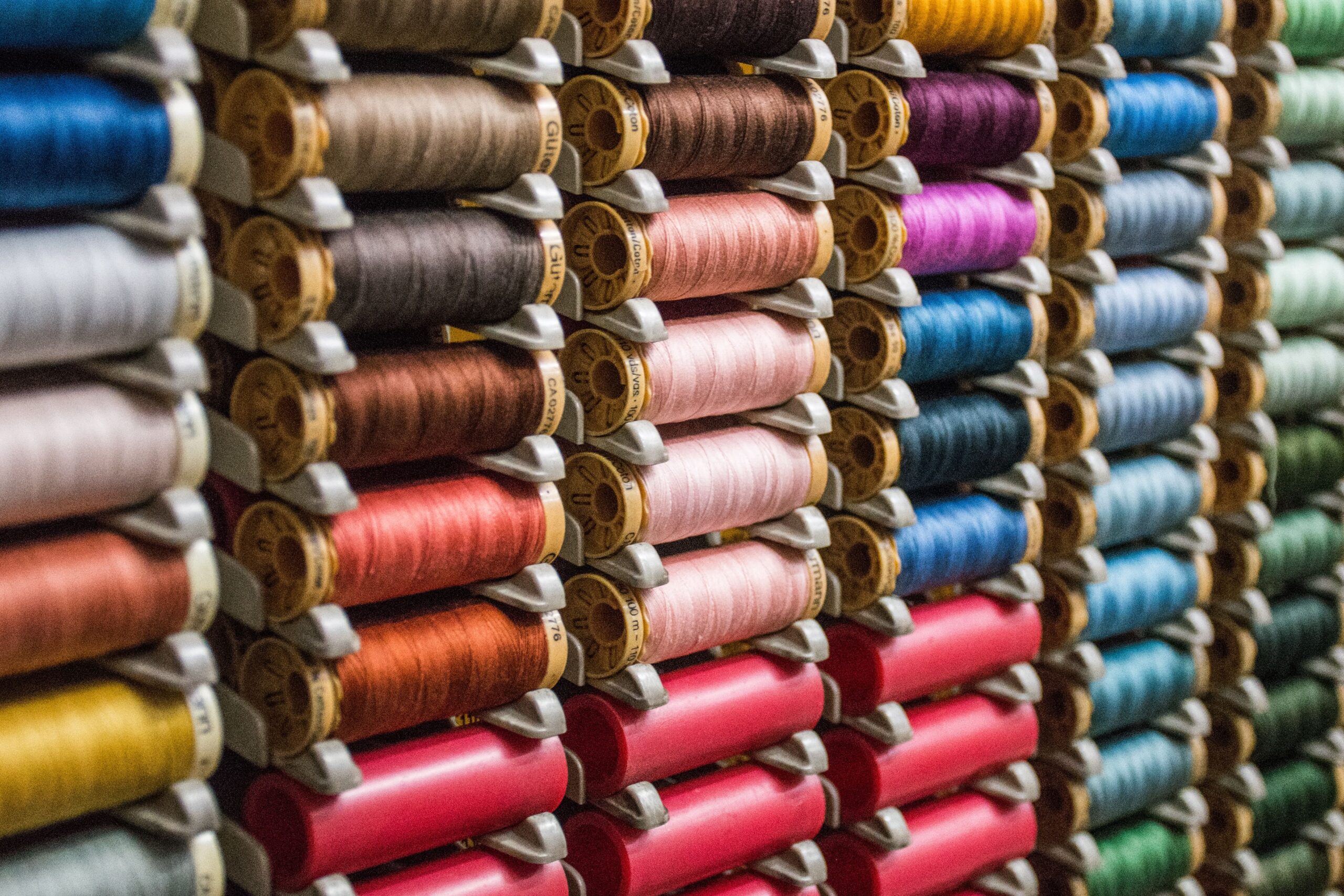Domestic business actors are worried about the import of textiles and textile products (TPT) which continues to flood the market. Based on data from the Central Statistics Agency (BPS), the largest import of fabric in 2021 will come from China, the value is almost half of the total imports in the country, reaching 48.87%.
The second position is South Korea with 12.99 percent, Vietnam with 9.98 percent, Hong Kong with 9.45 percent, Taiwan with 7.03 percent, and Malaysia with 5.58 percent. Entrepreneurs said that this condition could not be separated from the intervention of importers.
Chairperson of the Association of Fiber and Filament Yarn Producers (APSyFI) Redma Gita Wirawasta, quoted Monday (1/8/22), said, “These importers are pushy, they don’t have a sense of nationality. I know exactly what garment importers, and fabric importers, he forced to ask for an import permit, he said there was demand. Yes, the demand for garments, and fabrics, will always be there, but where do you want to fill them? Local or imported? “
In a new regulation from the Ministry of Trade, the General Importer Identification Number (API-U) is given to meet the raw materials for small and medium industries (IKM). Redma considers this rule to be an obstacle.
“In the second quarter, there was an increase in imports because of API-U. We have met Mr. Zulkifli (Minister of Trade Zulkifli Hasan), he is ready to close API-U, the PR is legally completed, and the main focus is at the port, I see it is still leaking,” he said.
The flood of imported textile products from other countries could be even greater because Indonesia is currently undergoing the Indonesia-Bangladesh preferential trade agreement (IB-PTA).
Redma said there were indications that one of the points in the trade agreement could sacrifice the textile industry. He has been in communication with the Director General of International Trade Negotiations. However, the conversation is still tough because the textile industry is reluctant to become a victim.
“If there is a flood of imports like this. But that is not the authority of the Director General, but the authority of the Director General of other Ministries. Same with China (several years ago) knowing that flooding, we want safeguards to be very difficult. So it is not synchronized with one ministry and another. One gives the promise, one more doesn’t want to,” said Redma.
“If there is a national interest that we must sign the Indonesia-Bangladesh PTA we support, but we don’t want textiles to be victims,” he continued.
Meanwhile, Minister of Industry Agus Gumiwang Kartasasmita said the textile industry has a strategic role in the industrialization process.
“The government is spurring the utility of the textile industry to return to its pre-pandemic utilization level, which is between 60-80% so that it can support exports.
national. Gradually this sector has begun to recover. Currently, the utilization is at 70%,” Agus said in a written statement quoted on Monday (1/8/2022).
Agus added that the national textile industry in 2025 is targeted to meet most of the domestic demand, to achieve an increase in exports of 15% per year.




















